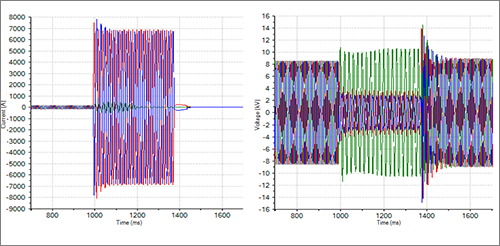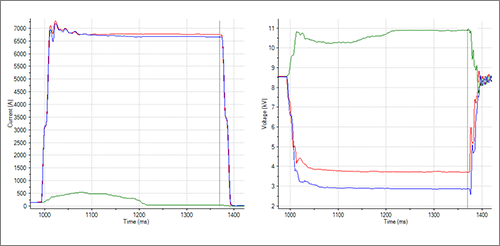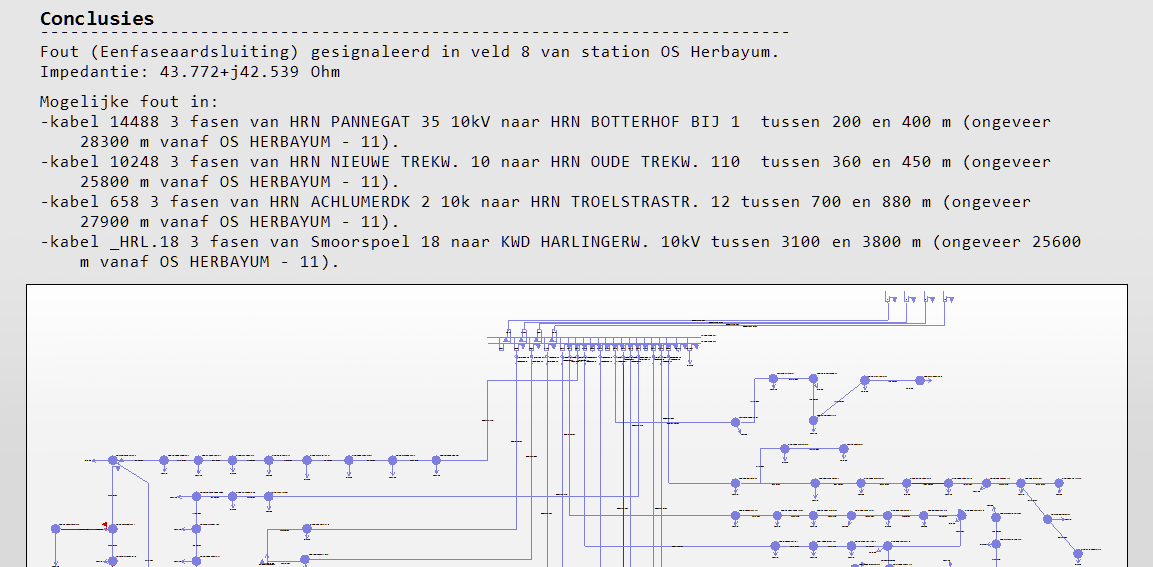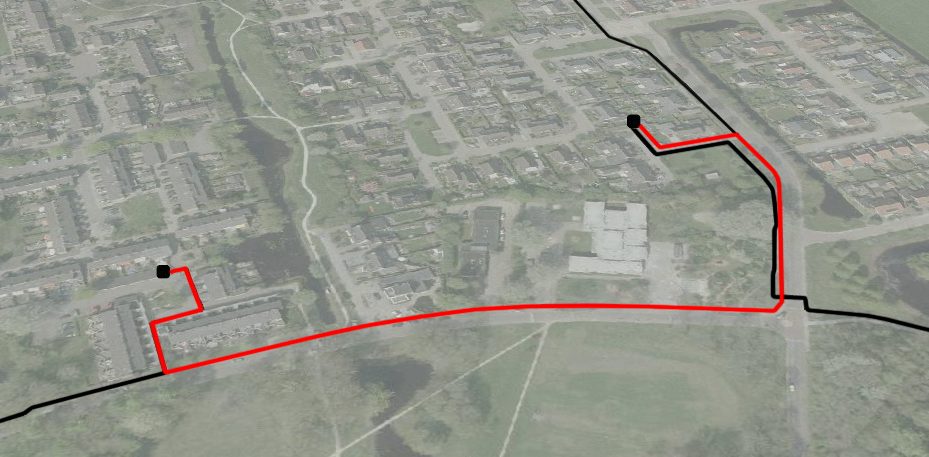
Vision Network Analysis
Planning, design and control of transport, distribution and industrial grids.
Any fault in the electricity supply leads to inconvenience for users and costs for network operators: the sooner the fault is resolved or reduced, the better. Usually, the cause is a issue in the medium-voltage grid. In order to locate such faults quickly, Phase to Phase developed the Vision Fault Finder program in collaboration with grid manager Alliander. Vision Network Analysis uses the current and voltage measurements of substations analyzed by Vision Fault Finder to calculate the fault location at lightning speed.

Following an interruption in an MV cable network, all recorded voltage and current measurements are uploaded to the control centre from the substation. This recording also includes pre- and post-fault data. The Vision Fault Finder application, installed at the control centre, is triggered and starts processing the received data.

The incoming measurements are processed and analysed and it is determined whether there is a real fault or another malfunction, using an impedance classification system. The results, including the fault impedance, are automatically passed on to Vision Network Analysis.

Vision Network Analysis selects the correct network model and performs a number of short circuit analyses corresponding to the found fault type. After these calculations, the measured impedance from Vision Fault Finder is compared with the impedances resulting from the simulation in order to identify the fault section.

The location will be visible both in the diagram and on a geographical background and a report with all the details will be printed. With this information, the short circuit will be located efficiently. Finally the supply can be restored by rerouting the distribution feeders.
